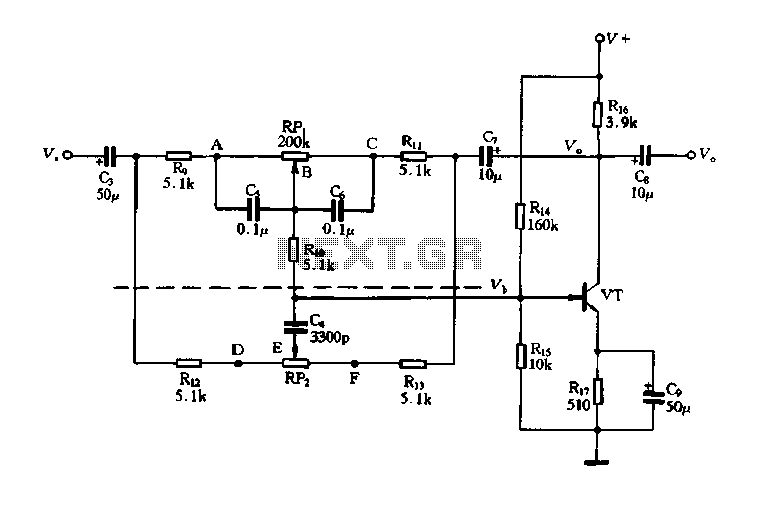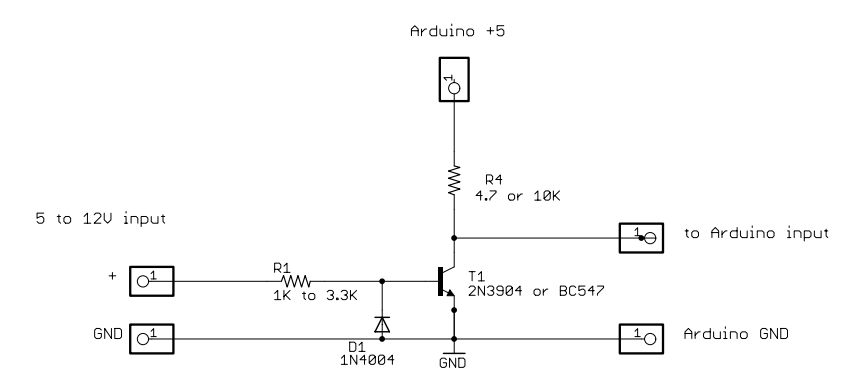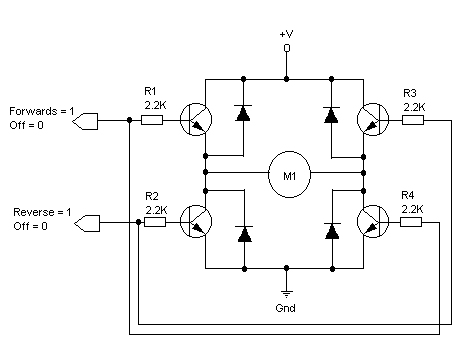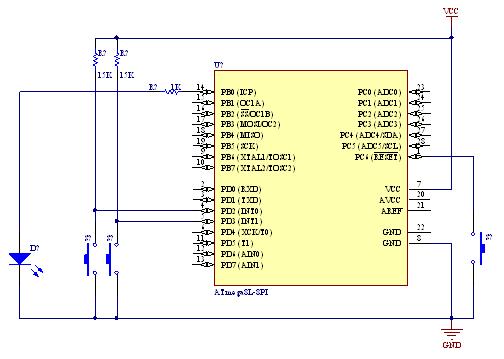
Automatic Loudness Control circuit
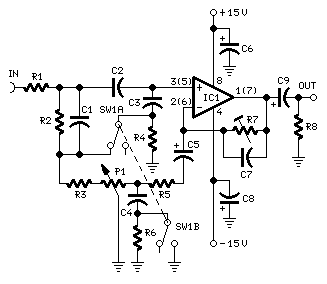
To achieve optimal audio reproduction across various listening levels, it is essential to adjust tone control settings to accommodate the known characteristics of human hearing. Human ear sensitivity changes in a non-linear fashion throughout the audible frequency range, as demonstrated by the Fletcher-Munson curves. A straightforward solution to this issue involves integrating a circuit in the preamplifier stage that can automatically adjust the frequency response of the entire audio chain based on the position of the control knob. This adjustment ensures ideal listening conditions at different volume levels.
The proposed circuit design incorporates an automatic tone control mechanism within the preamplifier stage of an audio system. This circuit utilizes a combination of operational amplifiers, resistors, capacitors, and a microcontroller or potentiometer for real-time adjustments. The operational amplifiers serve as the core components for signal amplification and filtering, allowing for precise manipulation of the audio signal.
The frequency response adjustment is achieved by utilizing a variable resistor or digital potentiometer connected to the control knob. As the user adjusts the knob, the microcontroller interprets the position and alters the gain and frequency response characteristics accordingly. This is done by dynamically changing the values of the resistors and capacitors in the feedback loop of the op-amps, effectively shaping the audio signal to compensate for the varying sensitivity of the human ear across different frequencies.
Incorporating feedback from the Fletcher-Munson curves into the design allows the circuit to tailor the audio output to ensure that frequencies perceived as less sensitive at lower volume levels are boosted, while those perceived as more sensitive are attenuated. This results in a balanced audio output that remains consistent regardless of the listening level.
The circuit layout should include power supply decoupling to minimize noise, ensuring high fidelity in audio reproduction. Additionally, careful consideration of component selection is crucial to maintain the integrity of the audio signal throughout the processing stages. The overall design facilitates a seamless integration into existing audio systems, enhancing the listening experience by providing a more responsive and adaptive audio output tailored to the listener's preferences.In order to obtain a good audio reproduction at different listening levels, a different tone-controls setting should be necessary to suit the well known behaviour of the human ear. In fact, the human ear sensitivity varies in a non-linear manner through the entire audible frequency band, as shown by Fletcher-Munson curves.
A simple approach to this problem can be done inserting a circuit in the preamplifier stage, capable of varying automatically the frequency response of the entire audio chain in respect to the position of the control knob, in order to keep ideal listening conditions under different listening levels.. 🔗 External reference
The proposed circuit design incorporates an automatic tone control mechanism within the preamplifier stage of an audio system. This circuit utilizes a combination of operational amplifiers, resistors, capacitors, and a microcontroller or potentiometer for real-time adjustments. The operational amplifiers serve as the core components for signal amplification and filtering, allowing for precise manipulation of the audio signal.
The frequency response adjustment is achieved by utilizing a variable resistor or digital potentiometer connected to the control knob. As the user adjusts the knob, the microcontroller interprets the position and alters the gain and frequency response characteristics accordingly. This is done by dynamically changing the values of the resistors and capacitors in the feedback loop of the op-amps, effectively shaping the audio signal to compensate for the varying sensitivity of the human ear across different frequencies.
Incorporating feedback from the Fletcher-Munson curves into the design allows the circuit to tailor the audio output to ensure that frequencies perceived as less sensitive at lower volume levels are boosted, while those perceived as more sensitive are attenuated. This results in a balanced audio output that remains consistent regardless of the listening level.
The circuit layout should include power supply decoupling to minimize noise, ensuring high fidelity in audio reproduction. Additionally, careful consideration of component selection is crucial to maintain the integrity of the audio signal throughout the processing stages. The overall design facilitates a seamless integration into existing audio systems, enhancing the listening experience by providing a more responsive and adaptive audio output tailored to the listener's preferences.In order to obtain a good audio reproduction at different listening levels, a different tone-controls setting should be necessary to suit the well known behaviour of the human ear. In fact, the human ear sensitivity varies in a non-linear manner through the entire audible frequency band, as shown by Fletcher-Munson curves.
A simple approach to this problem can be done inserting a circuit in the preamplifier stage, capable of varying automatically the frequency response of the entire audio chain in respect to the position of the control knob, in order to keep ideal listening conditions under different listening levels.. 🔗 External reference
Warning: include(partials/cookie-banner.php): Failed to open stream: Permission denied in /var/www/html/nextgr/view-circuit.php on line 713
Warning: include(): Failed opening 'partials/cookie-banner.php' for inclusion (include_path='.:/usr/share/php') in /var/www/html/nextgr/view-circuit.php on line 713
